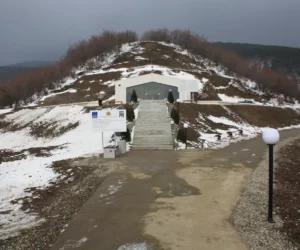The Thracian tomb at Shushmanets sits in the Valley of the Thracian Rulers. Built in the 4th century BC, it started as a temple and later became a tomb. Unique Architecture The temple features a long, wide entry corridor. An antechamber follows, with a semi-cylindrical room supported by an elegant column. This column’s top resembles…
Thracians
The Thracians were an ancient group who inhabited an area in Southeast Europe, which now encompasses modern-day Bulgaria, Greece, and Turkey. From as early as 2000 BCE until being absorbed by the Roman Empire in the first century AD, the Thracians developed a rich culture that is still being unraveled by historians and archaeologists today. Not a unified empire, the Thracians were a collection of tribes that shared similar languages, customs, and art. They were known for their skills in horse-riding, metalwork, and warfare. Despite their lack of a centralized state, the Thracians exerted substantial cultural influence in the region.
Who were the Thracians? Ancient writers such as Herodotus described them as a powerful people, numerous and formidable in war; their warriors were renowned for their bravery and skill in battle. The Thracians were also known for their elaborate religious ceremonies and burials, which included rich grave goods that have been discovered in burial mounds across their former lands. The Thracians left behind valuable treasures, like intricately worked gold and silver artifacts, stunningly displaying their artistry. While many aspects of their language and day-to-day life have been lost over time, the influence of the Thracians lives on in the cultural and historical fabric of Southeast Europe.
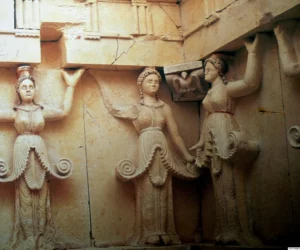
Thracian Tomb of Sveshtari
Overview of the Thracian Tomb of Svestari The Thracian Tomb of Svestari lies 2.5 kilometers southwest of Sveshtari village in Razgrad Province, northeast Bulgaria. This site, a UNESCO World Heritage Site, likely served as the burial place for King Dromichaetes and his wife, around 300 to 280 BC. Dromichaetes ruled the Getae, a Thracian tribe,…
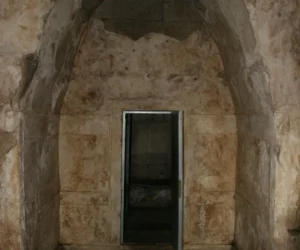
Thracian tomb Helvetia
Discovery of Helvetia Mound On July 26, 1996, the Helvetia Mound emerged as a significant archaeological find. The TEMP expedition, under the leadership of Assoc. Georgi Kitov, uncovered this Thracian cult building. It lies in the Valley of the Thracian Rulers, forming part of the Shushmanets mound necropolis near Shipka. Architectural Features of Helvetia Mound…
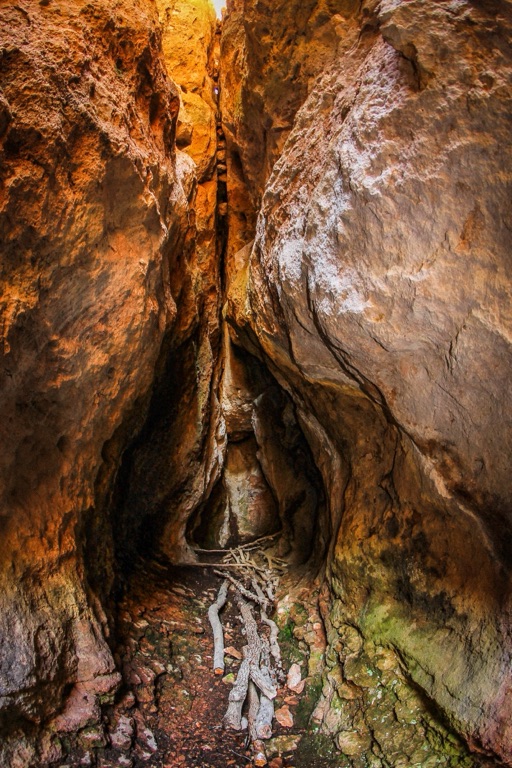
The Utroba Cave (Womb Cave)
The Utroba Cave, also known as the Womb Cave, is a remarkable prehistoric site located in Bulgaria. Carved by natural forces and shaped by human hands, this cave boasts an entrance that strikingly resembles the female reproductive organ. It’s a place shrouded in mystery, with its exact purpose still debated among historians and archaeologists. The cave’s unique features have led to various interpretations, ranging from a sanctuary for fertility rituals to a natural formation that gained cultural significance over time.
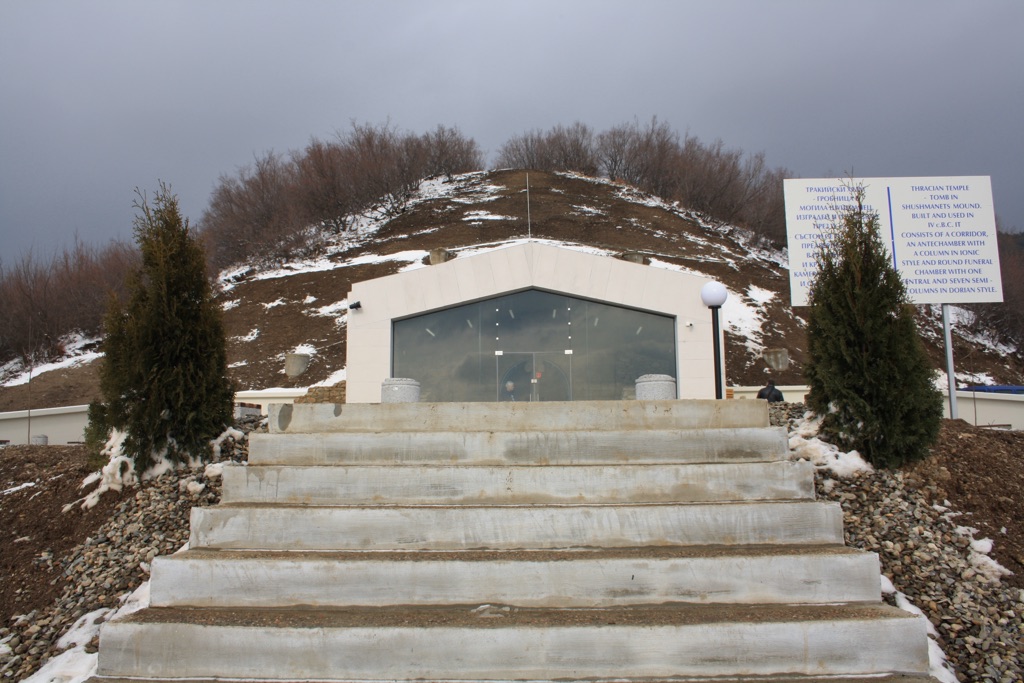
The Thracian tomb of Shushmanets
The Thracian tomb Shushmanets is an ancient burial site, part of the Thracian necropolis near the town of Shipka, Bulgaria. Discovered in 1996, it dates back to the 4th century BC and is a testament to the advanced architectural skills of the Thracians. The tomb is notable for its unique construction, featuring a round burial chamber with a high, corbelled dome, and richly decorated with murals and carvings. It provides valuable insights into Thracian culture, beliefs, and their interactions with the Hellenistic world.
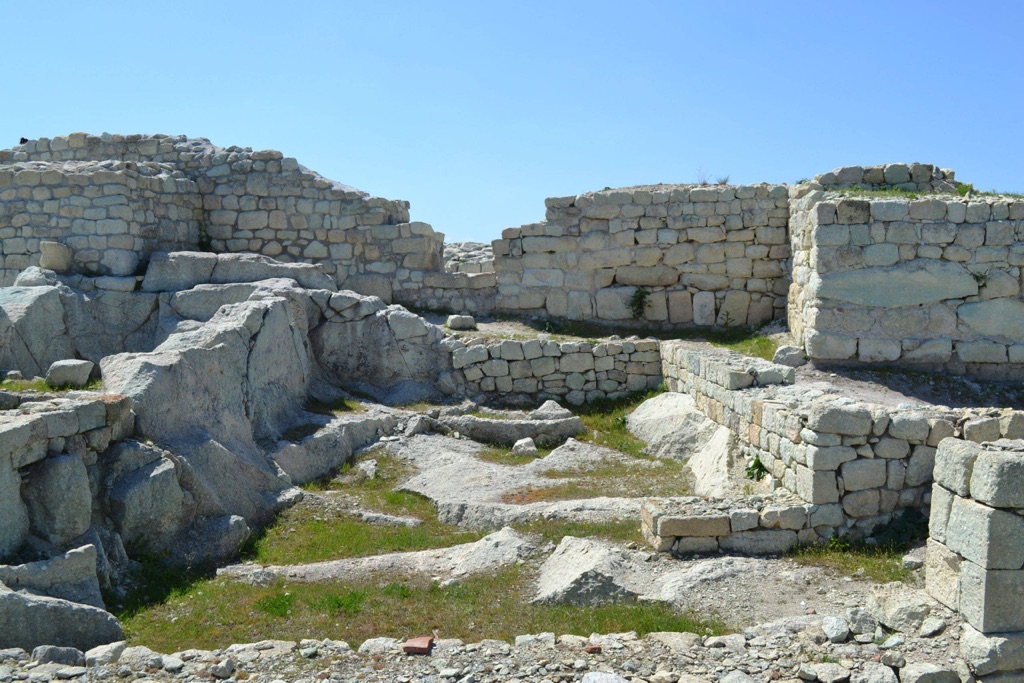
Perperikon
Perperikon, an ancient Thracian city located in Bulgaria, stands as a testament to human civilization’s rich and complex history. Carved into a rocky hill in the Eastern Rhodopes, this archaeological site reveals a multi-layered past that spans thousands of years. Its strategic location has made it a significant religious, political, and economic center over the centuries. The remnants of Perperikon include a grand palace, a formidable fortress, and a sacred temple, which together narrate the story of a once-thriving society.

